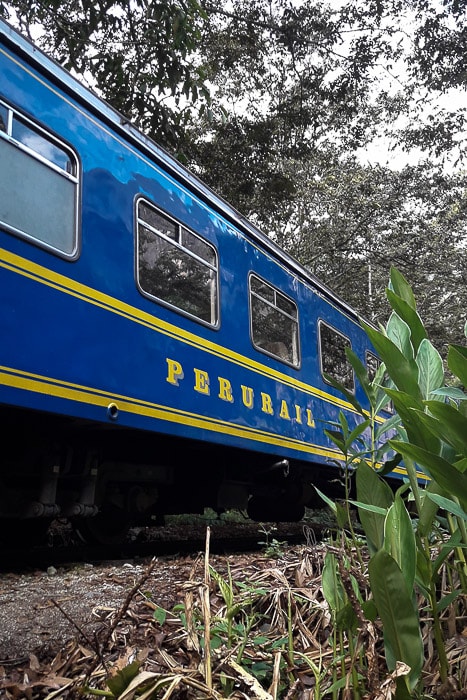
However, in severe but very small number of cases, you could also suffer from significant shortness of breath, confusion, drowsiness, coma and even death. In most instances, this is as bad as it should get.

Those that have experienced it frequently compare it to a bad hangover (and we know all about those). The symptoms can range from a throbbing headache, loss of appetite and nausea (you may even vomit) to a feeling of tiredness, altered sleep patterns and dizziness. So many towns in South America (i.e. Quito, Cusco, Bogota, La Paz) are already so high, that merely arriving in them from sea level could cause you to feel unwell. What a lot of people don't realise, is that you don't have to be climbing a mountain to be affected by the altitude. This means that, as the metres increase, the less oxygen there is for your body to use altitude sickness is your body's way of letting you know that it hasn't got as much oxygen as it normally requires. The higher you go in the world, the thinner the air gets. Not felt until you pass 2,500m (8,202 ft), altitude sickness is essentially your body telling you it's not getting enough oxygen.
#Cusco altitude how to#
In this guide, we’ve explained what altitude sickness is, why it’s such a big issue for travellers in South America, as well as tips on how to increase your chances of avoiding altitude sickness entirely and to prepare yourself so you know what to do should you become unwell whilst travelling. Trust us when we tell you that understanding altitude sickness in South America and planning ahead to increase your chances of avoiding it during your own adventure could be the difference-maker between making a visit to Peru or Bolivia the best or worst trip of your life. If you're planning a trip to Latin America or South America, and intend on ticking off a number of bucket list items like the Inca Trail in Peru, completing the Ecuador’s Quilotoa Loop, or taking your photo at Rainbow Mountain, then you too are going to spend more than a couple of days above 2,500m. However, having climbed and hiked a significant number of volcanoes and mountains on in Latin America, not to mention staying in cities twice as high as our beloved Ben Nevis, we've become pretty used to altitude and the unpleasant effects it can have. Around Cusco the Incas built fortresses such as Sacsayhuaman, temples such as Qoricancha, Qenko and Tambomachay, if you wish, you can visit these imposing places by hiring the City Tour, in the tour you will see the ingenuity and art of the Inca constructions.Ĭ invites you to know this extraordinary and fascinating metropolis in all its diversity, and we offer you the most complete, safe and updated guide to make your trip unique and unforgettable.Coming from Britain, where our tallest mountain is only 1,344 metres (4,409 feet), altitude sickness isn't something we encounter very much in our day-to-day lives. In your tour through the streets you will find craft stores, jewelry shops and typical costumes, so you will know part of the Cusquenian art.īe sure to go to the traditional and picturesque neighborhood of San Blas, where you will find high quality local crafts, bars and traditional cafes always surrounded by cobblestone streets and balconies from where you can see this neighborhood and the entire city of Cusco. You must visit the monumental main square, where you can appreciate the Cathedral of Cusco. The options are many and we will help you make the best decision:Ĭ proposes to start the day taking a delicious breakfast at the Ayllu coffee where you will find freshly roasted Cusco coffee, you can also enjoy the exquisite taste of Quillabamba chocolate and milk cream. Once you have chosen the date of your trip, the most important thing is to determine how to get there, choose a hotel and what activities to do during your stay.


 0 kommentar(er)
0 kommentar(er)
